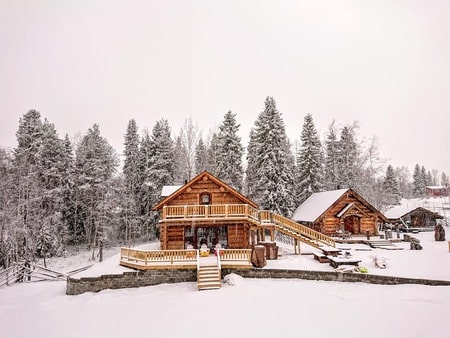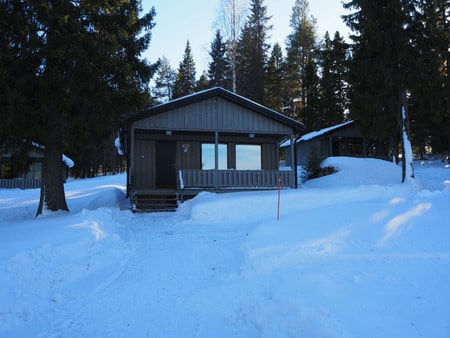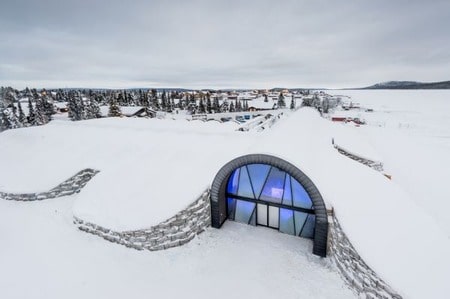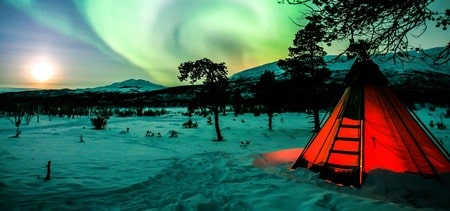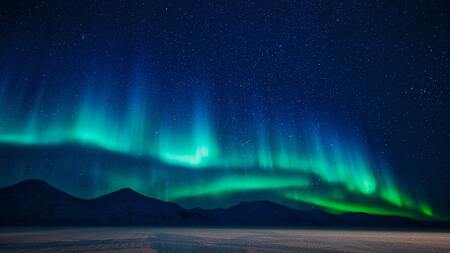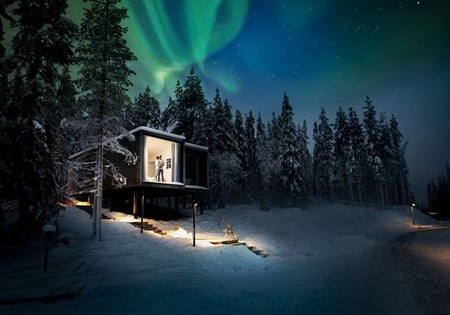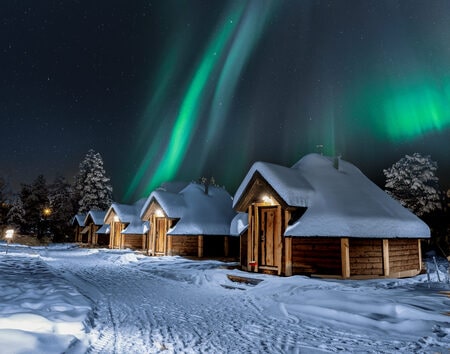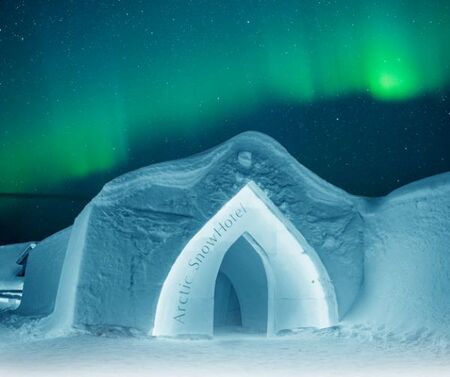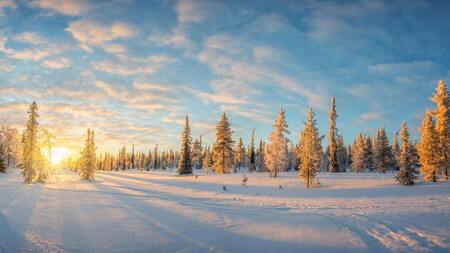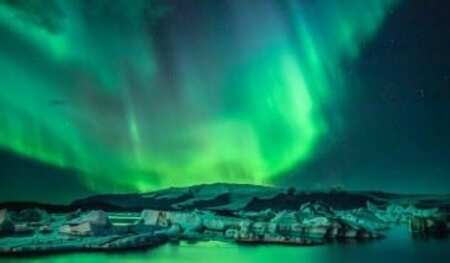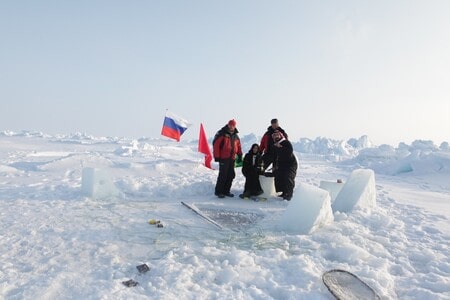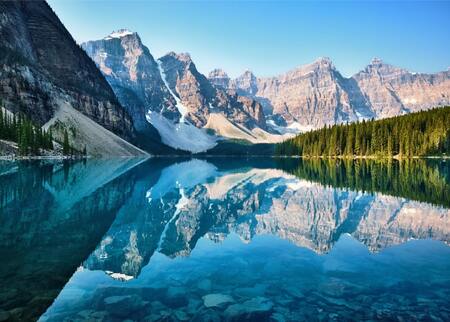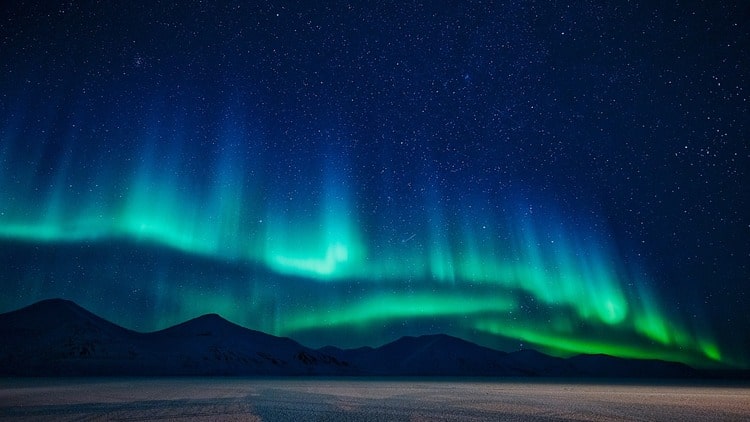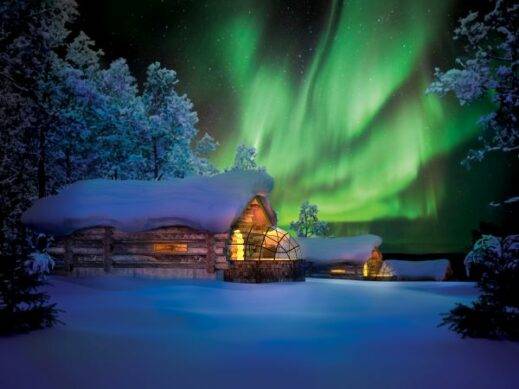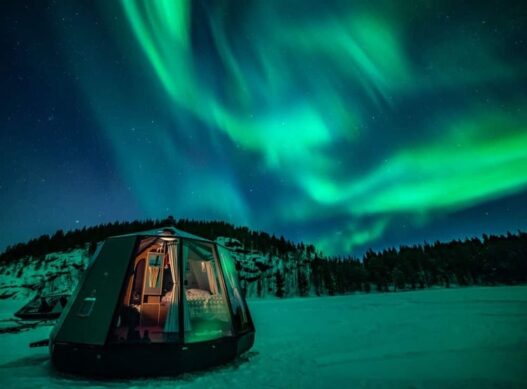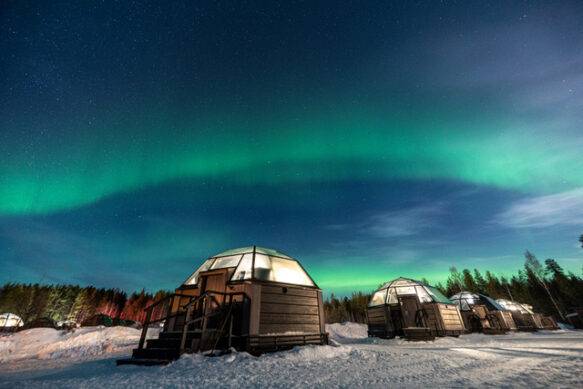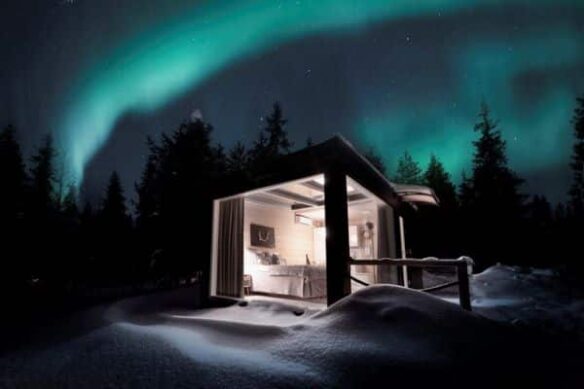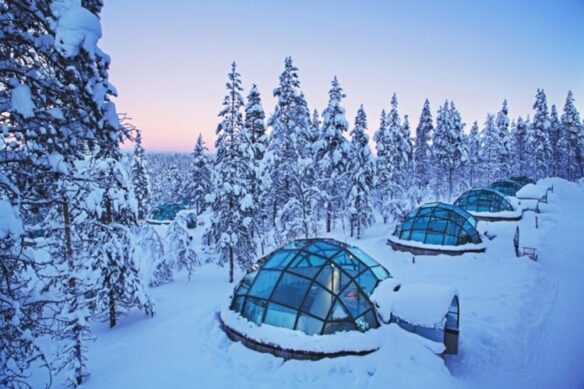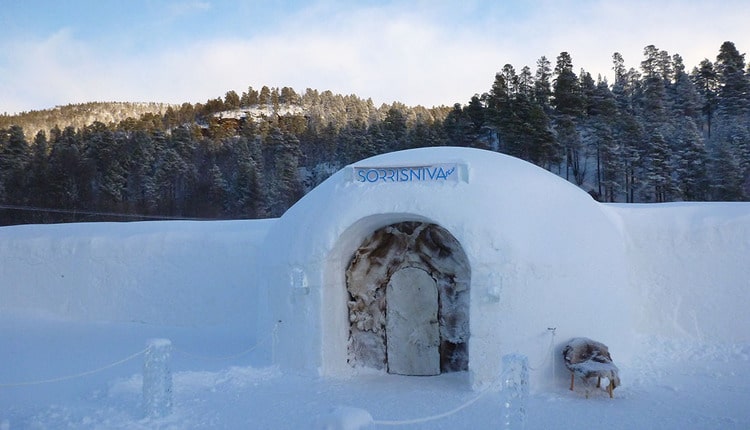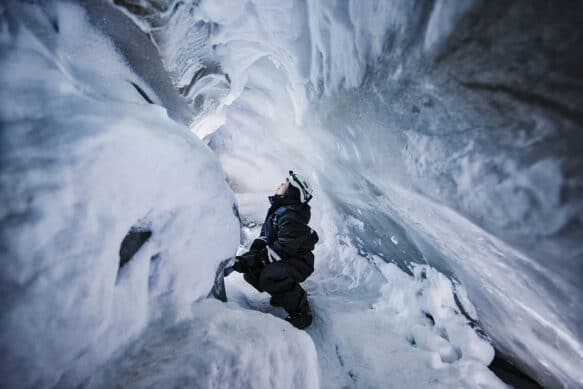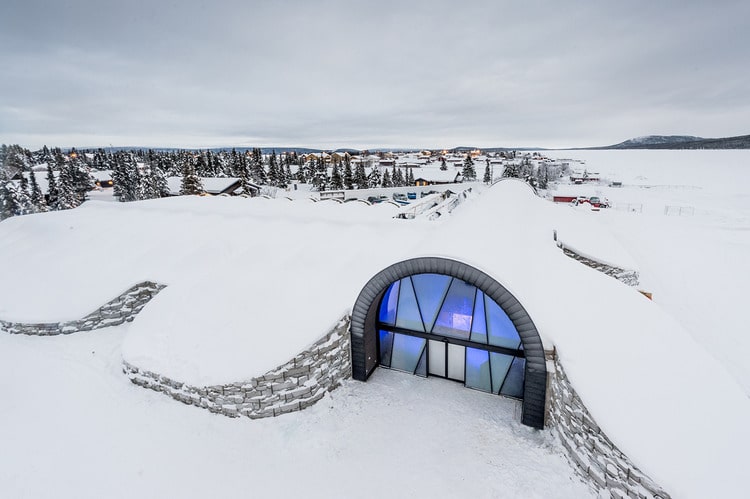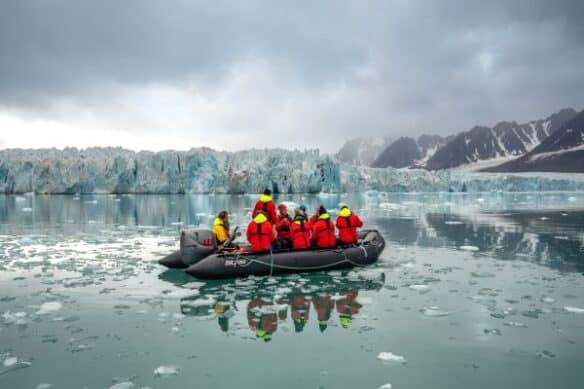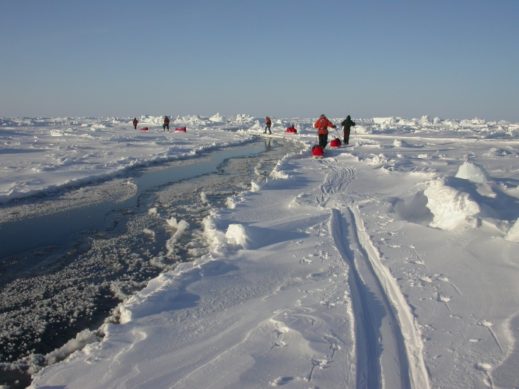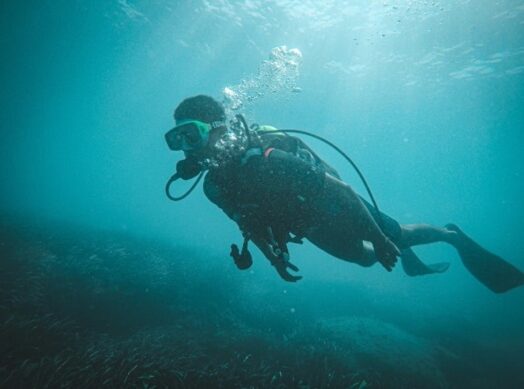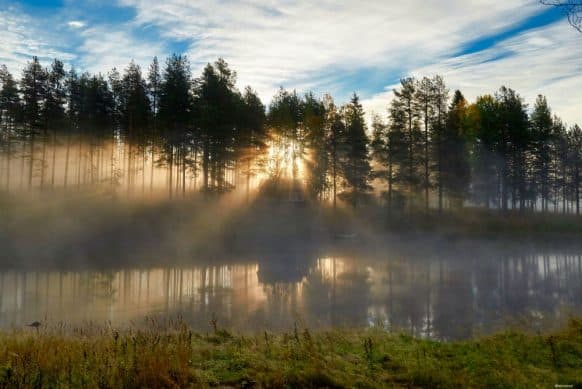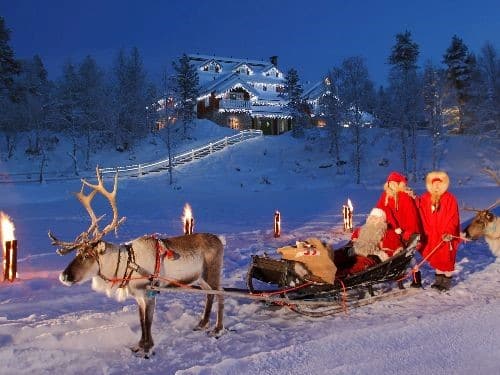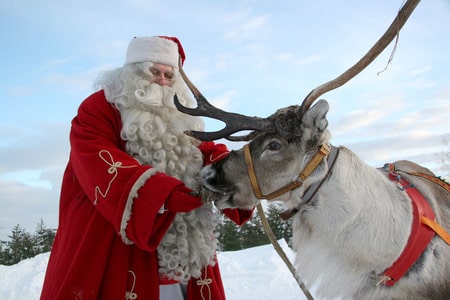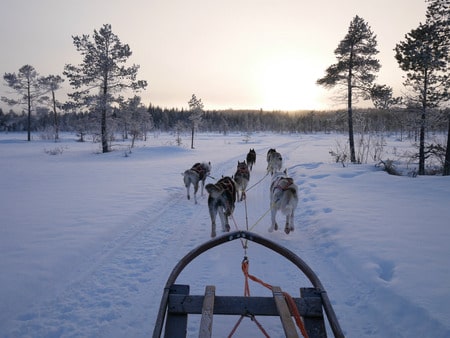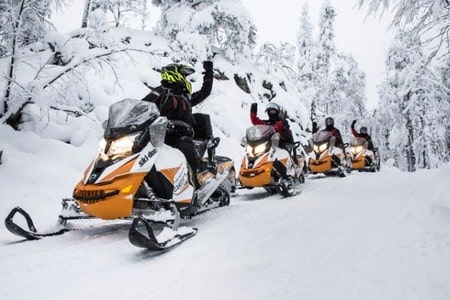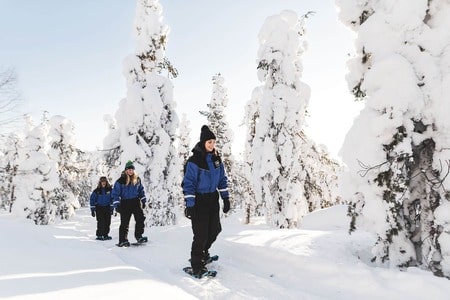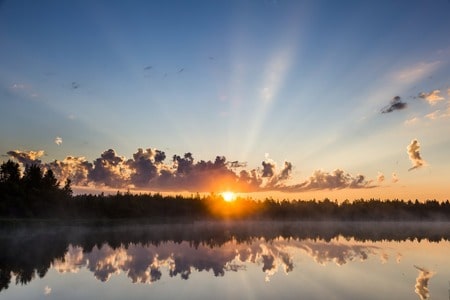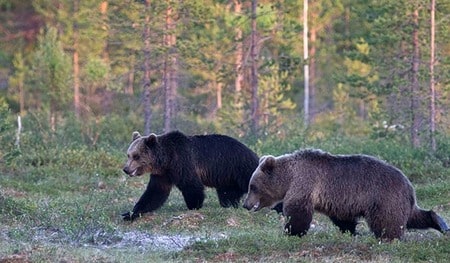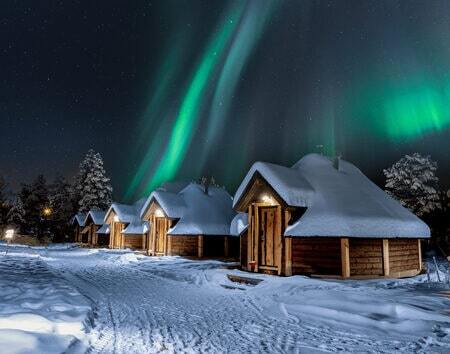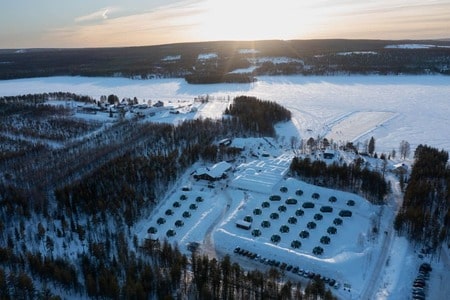Wildlife of the Arctic: Animals you might encounter
The Arctic is one of the most remote environments, yet it is teeming with incredible wildlife. From majestic polar bears roaming the ice to tiny Arctic foxes scurrying through the snow, the animals that inhabit this frozen wilderness are remarkable in their resilience and adaptability.
Overview of Arctic Wildlife
The harsh Arctic climate has shaped the region’s wildlife into some of the hardiest animals on the planet. Here are some of the most iconic creatures you might encounter while exploring the Arctic.
Polar bears
The polar bear is perhaps the most recognisable animal of the Arctic. These massive carnivores are at the top of the food chain and rely heavily on sea ice for hunting seals, their primary food source. Watching polar bears in the wild is an incredible experience but remember to maintain a safe distance – these animals are powerful predators. Polar bears are commonly found in areas like Svalbard, Greenland and parts of Canada.
Arctic Foxes
The Arctic fox is a small but incredibly tough animal, perfectly adapted to life in the Arctic. Their thick fur coats change colour with the seasons, turning white in winter to blend in with the snow and brown in the summer to match the tundra. Artic foxes are scavengers, often following larger predators like polar bears in search of leftovers. These foxes can be found throughout the Arctic, usually on tundra or mountains near the sea.
Reindeer
Reindeer are an iconic species of the Arctic. These large herbivores migrate across vast distances in search of food, travelling in herds that can number in the thousands. In the Arctic, reindeer are a crucial part of the ecosystem and play a significant role in the culture of Indigenous people. You can spot reindeer in places such as Norway, Finland and Sweden.
Walruses
Known for their massive tusks and wrinkled skin, walruses are one of the Arctic’s most unique animals. These large marine mammals live along the Arctic coasts, often seen lounging on floating ice or rocky shores. Walruses use their tusks to pull themselves out of the water and for defence against predators. They are commonly found in the waters of Greenland, Svalbard and Canada.
Tips for Safely Observing and Photographing Arctic Animals
The Arctic provides a unique opportunity for wildlife enthusiasts to observe and photograph some of the world’s most extraordinary animals. However, the environment demands a cautious and respectful approach. Here are some tips for safely and responsibly experiencing Arctic Wildlife.
Keep a Safe Distance
It’s essential to maintain a safe distance from Arctic animals, especially predators like polar bears and wolves. Use binoculars or a telephoto lens to observe them from afar without disturbing their natural behaviour.
Respect the Environment
The Arctic is an incredibly fragile ecosystem, so its vital to minimize your impact. Stick to established trails, avoid disturbing wildlife habitats, and leave no trace of your presence. The Arctic’s pristine wilderness is part of what makes it so special and keeping it that way is crucial for the survival of wildlife.
Travel with a Knowledgeable Guide
When venturing into areas known for wildlife, it’s always best to travel with an experienced guide. Guides are familiar with the behaviour of Arctic animals and can ensure that you stay safe while getting the best possible wildlife viewing experience. Lots of Arctic animals are elusive, so a guide can increase you chances of spotting them while ensuring your encounters are respectful and safe.
Be Prepared for the Cold
The Arctic is a cold and harsh environment, even during the summer. Make sure you dress appropriately so that you can enjoy your time outdoors. Layer up, bring waterproof gear, and ensure your camera equipment is protected from the cold and moisture.
Be Patient
Wildlife watching in the Arctic often requires patience. Animals may not appear right away, so take your time, stay quiet, and enjoy the serene Arctic landscapes while you wait. Some of the most rewarding moments come when you least expect them, so stay vigilant and keep your camera ready!
Conclusion
The wildlife of the Arctic is nothing short of extraordinary. From the powerful polar bear to the elusive Arctic fox, these animals have adapted to survive in one of the most challenging environments on Earth. For those fortunate to witness them in the wild, the experience is unforgettable.
As travellers, it’s our responsibility to respect the delicate balance of the Arctic ecosystem and support conservation efforts to protect these animals and their habitats. Whether you’re observing whales or capturing the fleeting beauty of a reindeer herd, your time in the Arctic will remind you of the importance of preserving this fragile and beautiful part of our world.
Some of our recommendations for wildlife spotting:
Want more wildlife wonders? Follow us on social media!

